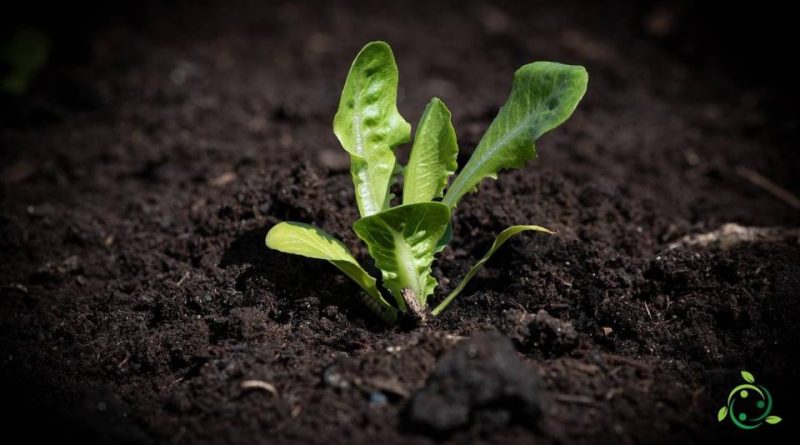Humus
Humus
Humus, a term coming from the Latin humus, which means “soil, earth, soil”, is a complex of organic substances present in the soil, of fundamental importance for the nutrition of plants, derived from the decomposition of plant and animal residues, and from synthesis of new organic molecules, by various organisms; it has a colloidal nature, and therefore highly absorbent, an earthy or fibrous aspect, a blackish brown color.
Humus is a substance of degradation, decomposition and reprocessing of organic matter.
From the pedological point of view it is a rather homogeneous substance, brown in color and formed by products of various degrees of polymerization, the result of the degradation and reworking of the organic substance of the soil.
Humus represents the most active part, from a chemical and physical point of view, of the organic substance of the soil and interacts with the mineral fraction and with the circulating solution, influencing the chemical and physical properties of the soil. The discovery of the importance of humus for plant nutrition can be traced back to the German agronomist Albrecht Thaer.
The chemical composition of humus is very complex and his study is constantly evolving.
However, humus can be classified according to the morphological aspect of the organic substance and in relation to pedogenesis. This is not an exhaustive scheme, however it is widely used in the literature especially when it refers to the origin of the organic substance. The classification scheme is as follows:
1. Organic substance evolved in conditions of submersion or stagnation:
– Under conditions of permanent submersion: peat.
– In conditions of periodic submersion: anmoor.
2. Organic substance evolved in aeration conditions:
a) Forest soils:
– Coniferous forest litter, strongly acid reaction, high C / N ratio: mor.
– Litter of broad-leaved forests, markedly acid reaction, medium-high C / N ratio: moder.
– No litter, acid reaction, medium-high C / N ratio: forest mull.
b) Non-forest soils (grasslands, agricultural soils):
– No litter, neutral or basic reaction, balanced C / N ratio: calcium mull.
As mentioned, the chemical identification of humus is indefinite in various aspects due to the complexity and heterogeneity of its composition.
Some authors distinguish the organic matter of the soil into humic and non-humic compounds. The latter have a well-defined systematic location and are identified in one of the various classes of macromolecular compounds (proteins, lipids, polysaccharides, lignin, wax, nucleic acids, etc.) or of simple mono or polyfunctional organic compounds (sugars, carboxylic acids, alcohols, amino acids, polyphenols, etc.). Any attempt at a systematic collocation of humus is impossible both for the indefinite chemical composition and for the structural complexity; however it has constant physical and chemical properties that make it possible to characterize it clearly distinguishing it from other organic compounds.
However, humus can be identified as a supramolecular aggregate, that is, an association of transformed molecules of biological origin with a relatively low molecular weight. Humus has a composition not yet fully defined, has colloidal properties and is variable in color from yellow to brown to black. Its chemical components are identified after a complex extraction process. Given the structural complexity of humus, any extraction process represents an artifact that alters the results. The matter is the subject of extensive studies and debates and for the purposes of standardization it is coordinated, at a scientific level, by the International Humic Substances Society (IHSS), which has defined the standard extraction procedures.

